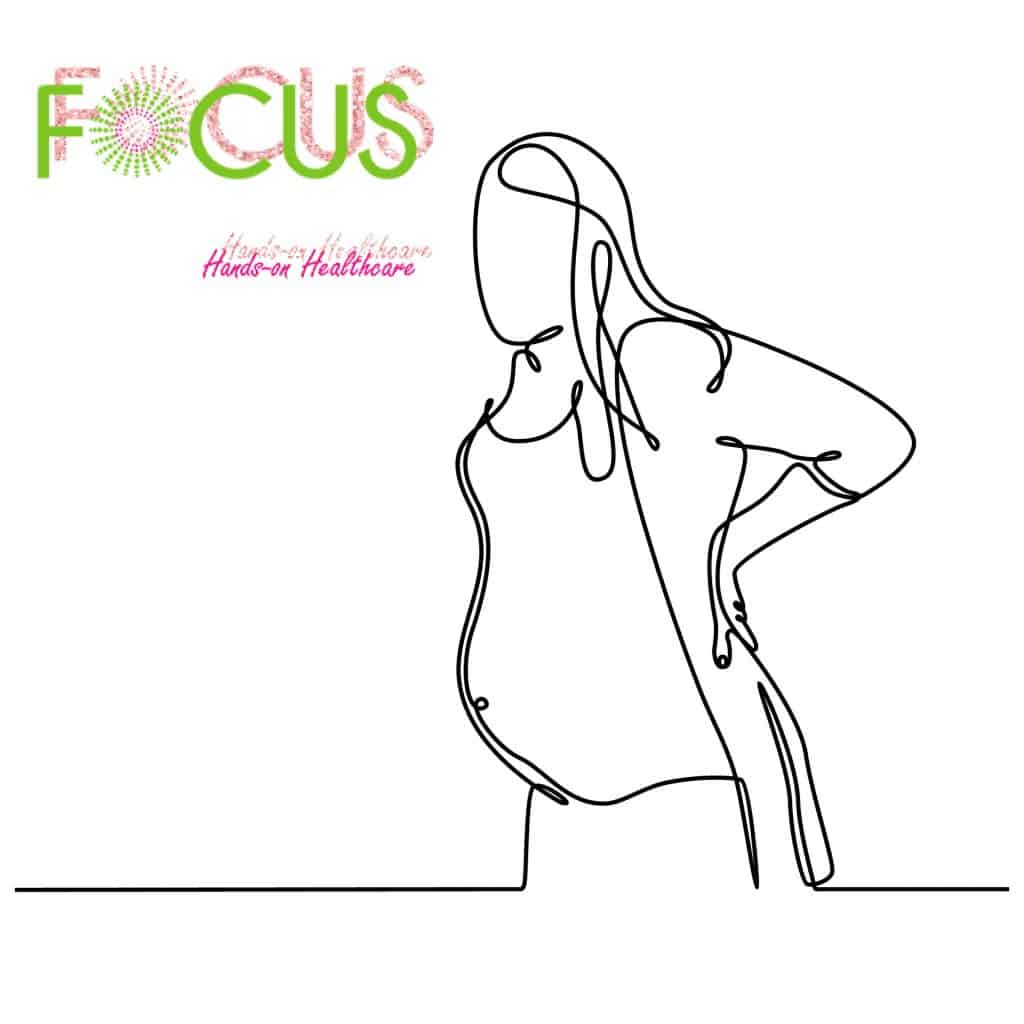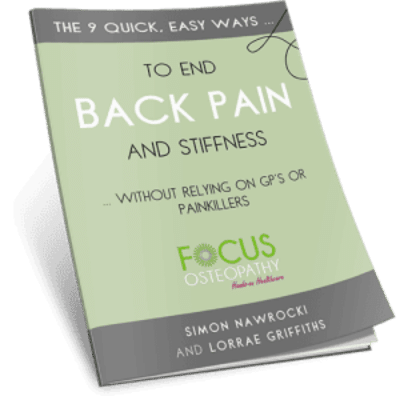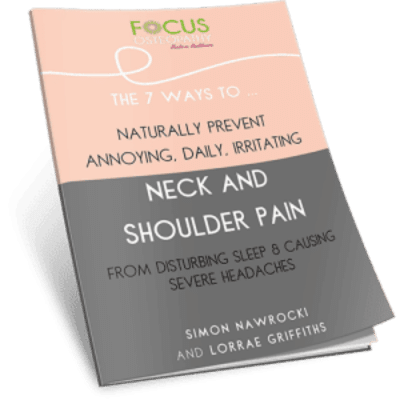Ouch! Has sitting down become uncomfortable? It could be your coccyx…
To sit down, to take a seat, to make yourself comfortable, to take the weight off one’s feet – it all sounds so inviting and oh-so-good, until it actually hurts to do so. If you’ve found yourself saying ‘I’d rather stand thanks’ just a little too often lately, it’s possible you’re dealing with an uncomfortable condition known as coccydynia.
This term relates to a range of symptoms including tenderness, stiffness and pain, which all stem from the tailbone and have the potential to make sitting a day-to-day nightmare.
Coccydynia usually manifests itself as a relentless ache within the lower back as well as sharp pains that radiate from the area as you try to stand upright from a seated position or bend forward.
In some cases, shooting pains are also felt down through the legs as well as around the hips and anus or backside. For women, the pain of coccydynia can be prominent during intercourse and menstruation.
Tailbone pain typically lasts a few weeks but, when the issue is not addressed sufficiently, symptoms often last far longer. Coccydynia can therefore become a long-term condition with pain that peaks and troughs in correlation with what’s going on in your lifestyle.
Despite how prevalent a condition tailbone pain is, many sufferers simply shuffle around in their seats and put up with the ongoing discomfort. This is partly because of an assumption that lower back pain is an inevitable part of working long hours behind a desk or that aches and pains are simply part of getting older.
However, if you’re prone to thinking that long-distance travel is only bearable with high-class, squidgy seats beneath you or, better still, you’d ‘rather stand thanks’, coccydynia may be the reason why sitting has become so noticeably uncomfortable.
What Is The Coccyx And What Does It Do?
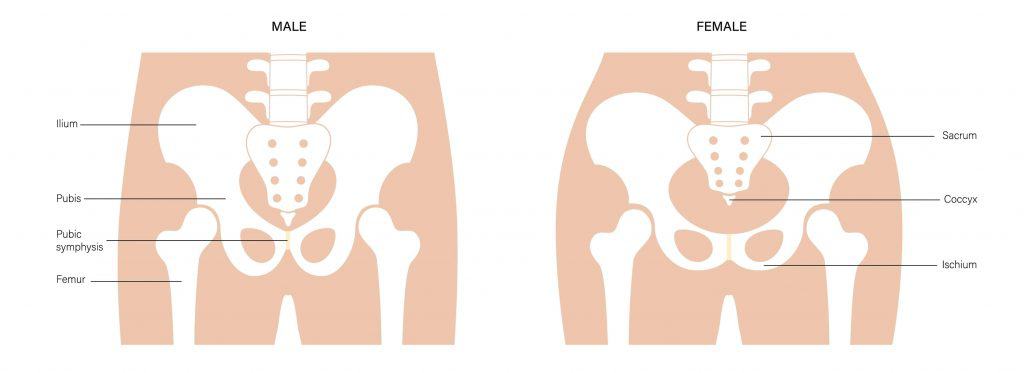
The coccyx is a triangular bony structure, composed of three to five small bones that are located together at the base of your spine. Also known as the tailbone, the coccyx serves as a framework for several pelvic muscles and ligaments to attach themselves to.
In doing so, this provides much-needed stability and support for the contents of the pelvis, including the bowel and urogenital organs, which would otherwise weaken the pelvic floor.
Additionally, the coccyx possesses the ability to move slightly. Albeit possessing a limited amount of flex, the coccyx can move when the nearby pelvis, hips and legs are in motion as well as during childbirth.
Although the overall purpose of the coccyx is modest, if all is not well here, the repercussions can be painful for this area is generously populated with nerves. It is unlikely you will fail to notice an injury to the coccyx. This is particularly true if you are prone to long periods of sitting.
What Causes Coccydynia?
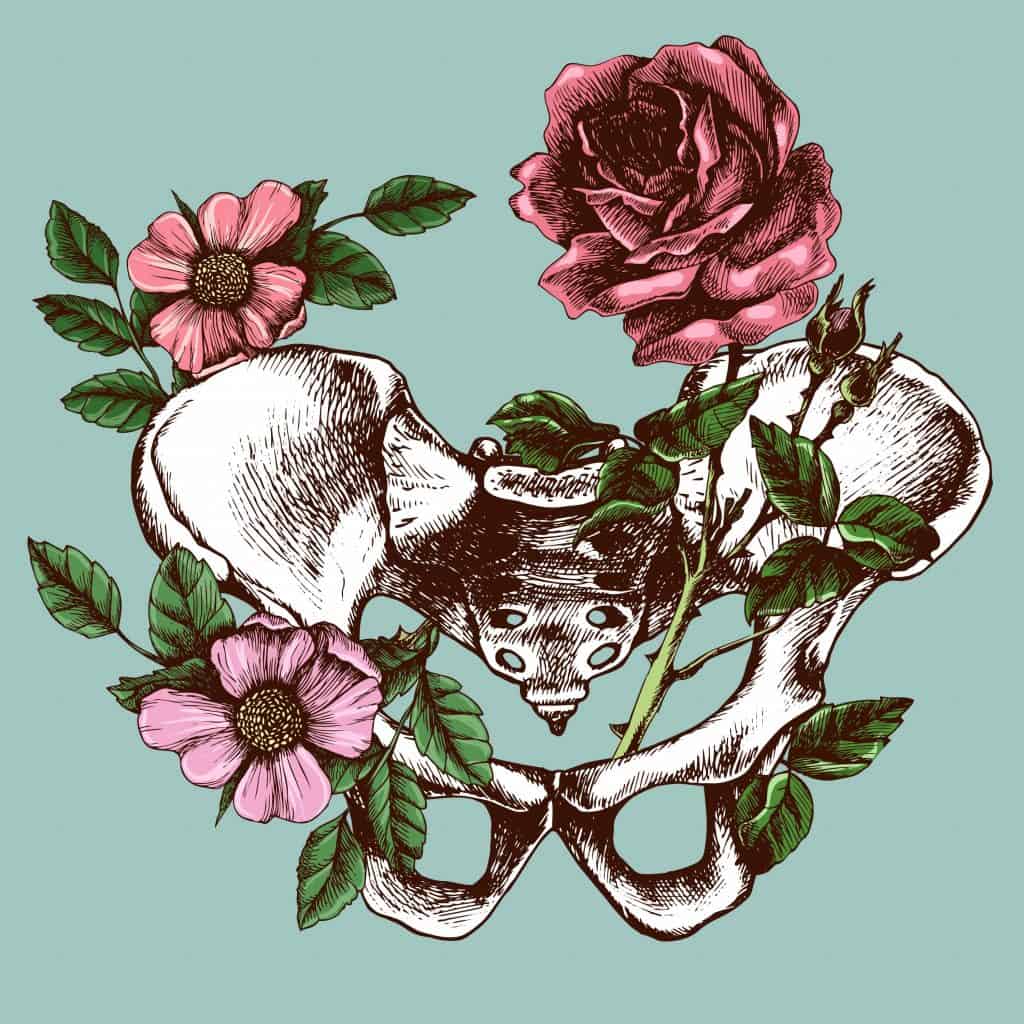
There are numerous causes for coccydynia, some of which bring the condition on suddenly while others gradually lead towards the problem.
Within our osteopathic clinic, it is generally those who have noticed sudden tailbone pain that we see most often. Primarily, this is because cases of coccydynia that bring on severe pain – which previously didn’t exist – usually result from physical trauma to the lower back.
This may occur during sport or, most usually, a slip and hard fall onto where the coccyx resides. Around 50% of coccydynia cases occur thanks to unexpected injury and there’s nothing quite like sudden, sharp pain to encourage a visit to a healthcare specialist. When it is slippery outside, we tend to get busy! These traumatic injuries can include a fracture to the coccyx!
For women, the possibility of developing coccydynia is up to five times higher than men. Because a woman’s pelvis is broader, the coccyx is more exposed and subsequently more vulnerable to injury.
Furthermore, the nature of a woman’s pelvic anatomy leads to a natural inclination for more weight to be placed upon the tailbone during sitting, the load of which increases the likelihood of experiencing pain.
Additionally, a woman’s pelvis endures a great deal of strain during childbirth while both the sacrum and coccyx move during delivery. This can overstretch the muscles and ligaments attached to the coccyx. Although helpful during childbirth, this can result in postnatal discomfort.
Other possible causes of coccydynia include natural wear and tear as well as osteoarthritic conditions as we get older, repetitive strain injuries from repeated movements, being either over or underweight, possessing an unusual curvature within the spine (known as scoliosis), infection within the lower back or a cancerous tumour located close to the coccyx.
It is often patients with these additional issues that we do not see as readily in our clinic for it is common for their tailbone pain to develop gradually and thus, mistaken as a nuisance that is simply to be endured.
Interestingly, many cases of coccydynia are entirely preventable for they simply result from poor ergonomics – like sitting postures or inadequate lifestyle choices. Long periods of sitting, cheap office furniture, insufficient movement and a lack of strength within the core muscles are all factors that can lead to coccydynia and then keep the resulting pain going, unnecessarily, for years afterwards.
How Can I Tackle Tailbone Pain?
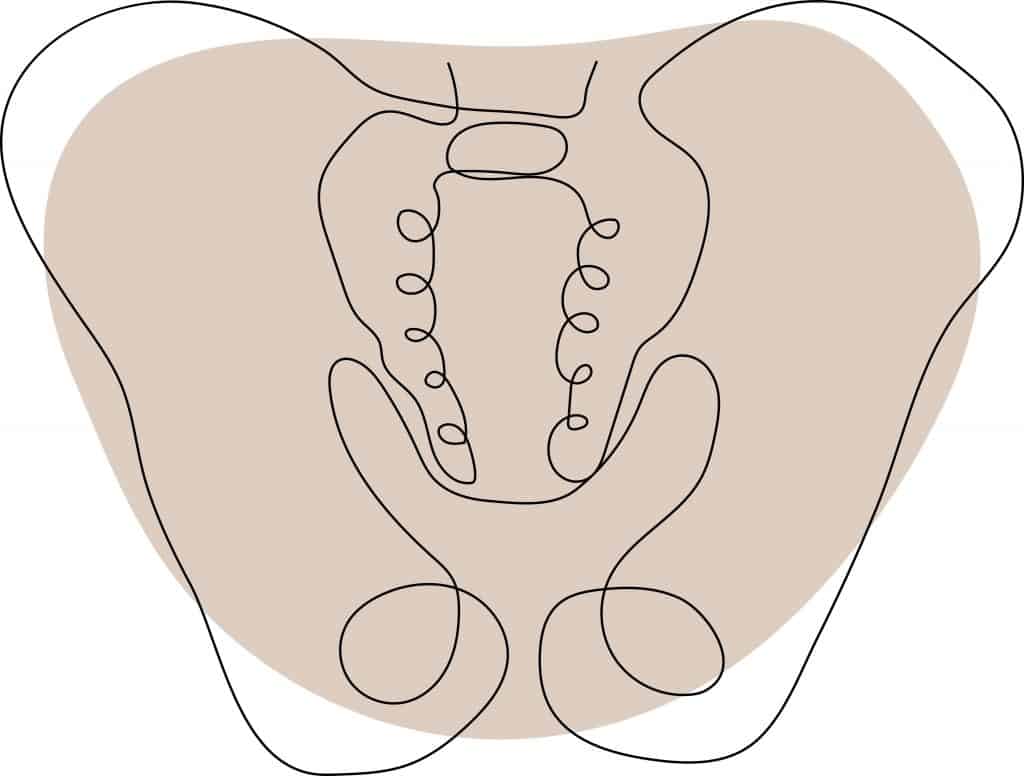
Many solutions exist for remedying tailbone pain and these are usually dictated by what has initially caused the issue.
Our first recommendation is to acknowledge the problem and seek an expert diagnosis as soon as possible. You can obtain this either via your doctor or an osteopathic specialist. Ignoring pain, particularly if there is a genuine injury present, can lead to exasperating the issue further as well as prolonging the time that it will take to recover.
By establishing exactly what is causing your discomfort, you will be able to receive medical guidance and precise treatment that is tailored specifically to you rather than working through several strategies that could prove fruitless and frustrating.
Osteopathic Solutions For Coccydynia
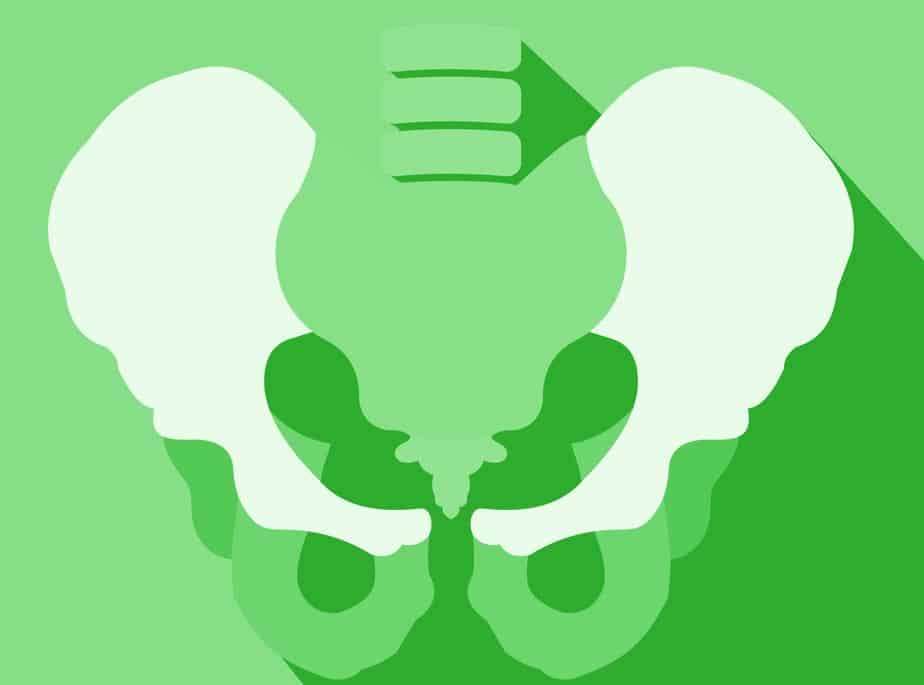
Call us biased but we genuinely believe that an osteopathic approach is the most effective way to rid yourself of troublesome coccydynia. Not only is osteopathy a hands on specific treatment geared for solving the likes of tailbone pain, it is fully natural and does not require drug-based treatment.
Avoiding drug-based treatment allows you to side-step recurrent trips to the local pharmacy as well as a whole array of unwanted side effects that are usually offered up by pills. Impressively, osteopathy has been demonstrated to be more effective, in the long-term, than treatment via corticosteroid injections.
Not only is an osteopath able to establish the position of both your spine and pelvis, they can also physically assist you to gently realign and therefore counteract the cause of your pain.
Diagnosis is achieved via a full medical history and extensive and thorough examination of the whole body – with particular interest around the pelvis, inclusive of the spinal joints, muscles and ligaments that have a relationship and connect to the coccyx . Not only does this pinpoint how coccydynia has developed, it can also begin reducing the stress on and around the lower back.
Most osteopathic therapies will then move into soft tissue manipulation, gentle stretches and mobility and fascial release techniques. For greater healing, your osteopath may also recommend an internal assessment of the pelvic floor muscles and coccyx.
Combined, osteopathic strategies offer a powerful yet natural solution for solving the irritating pain that results from coccydynia. Additionally, your osteopath will also be able to offer detailed insight into how the condition developed and therefore how you can prevent a future reoccurrence.
Are you sitting comfortably? If not, why not let Focus Osteopathy show you how?

